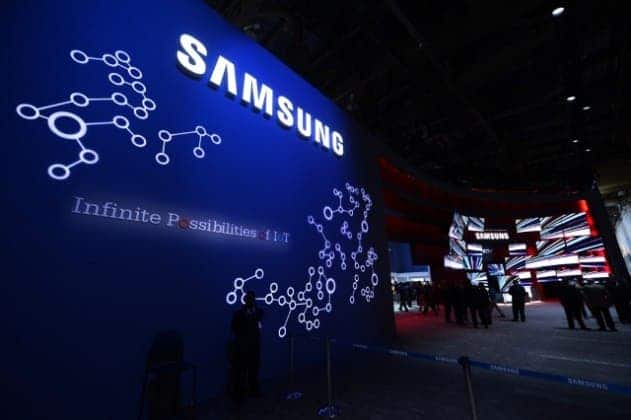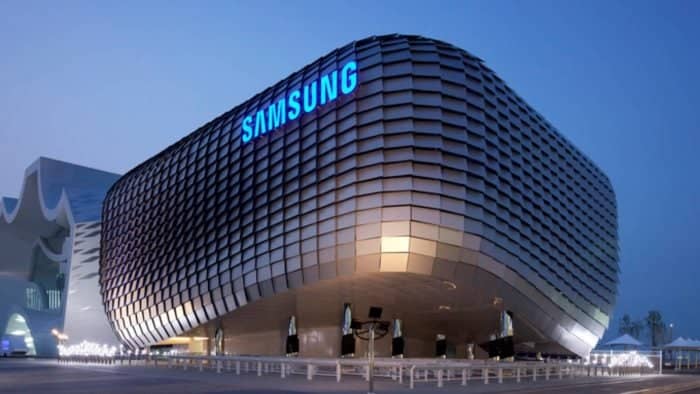When we talk about Samsung’s revenue, we are talking primarily about smartphones. The company really manages to sell mobile devices the most. For example, in the first quarter of this year, it has 76 million mobile phones sold. But Samsung makes money not only from electronics sales, it also makes good money on the sale of components.
Analysts predict that in the second quarter of 2021, the company’s profit will increase by 38% to $ 10 billion, and all due to an increase in the supply of products and due to higher prices for memory. Thus, analysts at Trendforce concluded that the price of RAM chips, which are widely used in smartphones, servers and other electronics, increased by 27% compared to the first quarter of this year. NAND flash memory also rose in price by 8.6%.
Samsung should make good money on microprocessors as well. We are talking about an increase in profits of 22% compared to the same period last year. The return to the normal operation of the company’s factory in Texas, which had previously been damaged by the hurricane, contributed to this.
But in terms of the shipment of smartphones, Samsung things could have turned out not in the best way in the second quarter of 2021. Analysts call the figure 59 million delivered mobile devices against 76 million a quarter earlier. The negative dynamics is due to a shortage of components in the market, as well as a decrease in demand for smartphones in India, where the situation has become more complicated due to another outbreak of coronavirus.
Which of these forecasts will be close to real indicators, we will find out this week; when Samsung publishes a report on the results of the second quarter of 2021.

Samsung faced problems in transition to 5nm process technology – defect rate reaches 50%
Korean media insists that Samsung’s advanced production line in Hwaseong, launched in February last year, has a 5nm yield of less than 50%. This could seriously affect Samsung’s chip contract business, which it has high hopes for.
The current figure cannotis not satisfactory; not to mention the fact that, in the norm, the yield of suitable products should be above 95%. Samsung Electronics’ leading enterprise in Hwaseong, according to sources cited by Business Korea; still cannot provide an adequate level of scrap in the production of 5nm products.
For a long time, rumors circulated that Samsung would attract not only Qualcomm; but also NVIDIA to its services for the release of 5nm products. The first, according to unofficial sources, can divide orders for the production of mobile processors of the Snapdragon 895 family between TSMC and Samsung. In turn, NVIDIA receives from Samsung the current generation of gaming GPUs of the Ampere family; which is a 8nm chips; although related computing accelerators for the server segment are manufactured by TSMC using 7nm technology.





